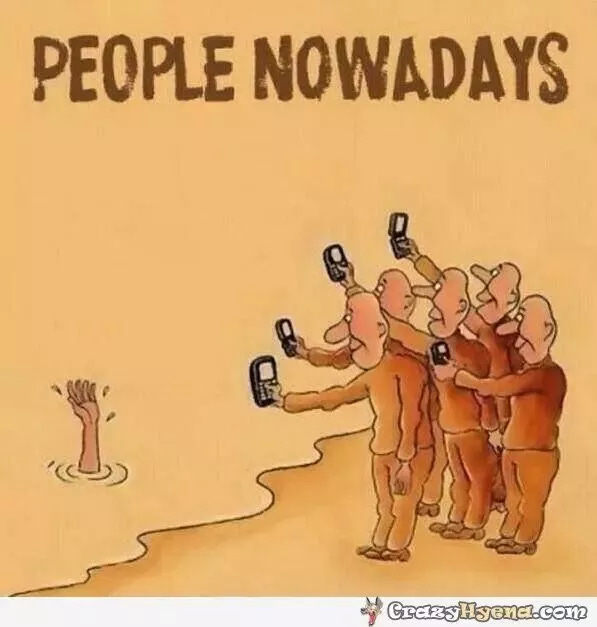What Can Be Done to Make People Feel Safer on Public Transit?
Increased violence on public transit is discouraging people from using it.
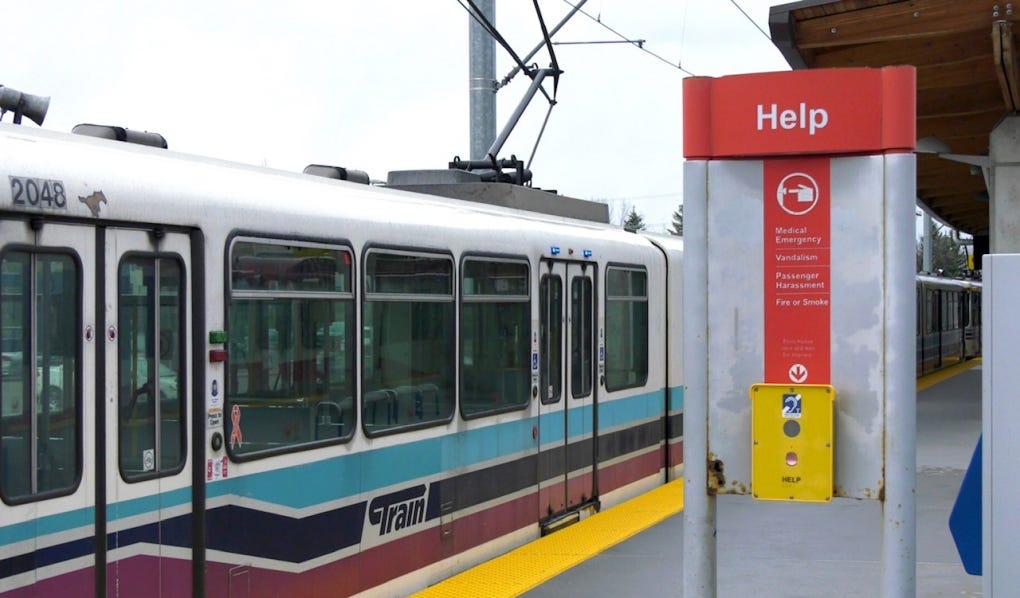
Since the beginning of the COVID-19 pandemic, it seems violence on public transit has risen considerably. Much of it involved anti-Asian hate crimes, but more recently there has been a spike in crimes that were apparently not racially motivated, particularly with the Toronto Transit Commission (TTC). Some specific examples from just the past week include two uniformed TTC employees being “swarmed” by 10-15 youths, after which four 13-year olds were arrested for the attack; a woman in her 20s being stabbed multiple times on a TTC streetcar; a 16 year-old boy being stabbed on a TTC bus; and two TTC employees being chased with a syringe.
In response, the Canadian Transit Union has called for a national task force as violent attacks have reached a “crisis level”, while the Toronto police increased the number of officers on the TTC. However, Toronto Mayor John Tory admitted that while he has been having meeting with key stakeholders on the matter, there is “no magic answer” to the problem.
Therefore, the purpose of this newsletter is to search for evidence to help explain when, where, and why transit crimes tend to occur, as well as which groups of people tend to feel especially in danger of being victimized. Your Ride On writers will also explore potential policies that could be pursued to not only reduce crime on public transit, but to also make potential riders feel safer on public transit. After all, even if crime is reduced significantly, it will not increase ridership if people still feel unsafe riding on it. This is also important because as one TTC rider, Connie Harrison, stated, “Your world shrinks when you don’t have good transit.”
But before we move on, we invite you to consider a paid subscription to our newsletter to help us afford the time and effort to do our research for it. We appreciate all of our readers (paid or not), but more paid subscriptions will enable us to spend more time doing our research.
Definitions
There has been a large literature produced over the past several decades on transit crime, but fortunately we did not have to read it all because Ceccato, Gaudelet, and Graf (2022) have done so for us in their paper published in the academic journal Public Transport! In this article, the authors review five decades (1970-2020) of English and French literature on transit safety in several major databases. For this review, they define transit safety as being about safety conditions experienced and perceived by public transportation users along their trips. Note the use of the word “perceived”, which is important because as argued above, increased safety is much less important if people still feel unsafe on public transit.
Furthermore, the authors define transit crime to include any offences against public transit users, personnel, and property, as well as any behaviours that negatively affect their safety, even if these behaviours are not actual crimes. For example, a person’s perception of safety can be affected by people who talk excessively loud around them, or by people who are loitering in the transit station. The authors also note perceptions of safety can differ by gender, sexual orientation, or past personal experiences.
In the following sections, we will focus primarily on specific findings of Ceccato, Gaudelet, and Graf (2022), while providing our own thoughts on these findings.
When Is Safety Most at Risk?
Think about when you feel the safest on public transit. Is it when there are a lot of people around, because you then feel like no one would dare try anything with so many eyes (and smartphone cameras) watching everything around you? Or does that make you feel less safe because criminals can get lost in the crowd, or you feel trapped, and therefore more vulnerable on a very crowded bus? For example, the #8 bus home from downtown Edmonton in the summer of 2009, where one of your Ride On writers was very purposely and very openly groped during the afternoon rush. Fortunately, he was able to discourage further such advances, but for a woman this situation would typically be especially threatening.
Alternatively, does it not matter because you feel that no one would care if anyone did anything? They might even stand there and watch a crime taking place but do nothing to actively stop it because they are afraid to put themselves in danger, or they assume that surely someone else will do something, right?
Well, all of these beliefs might be true at one point or another. Specifically, Ceccato, Gaudelet, and Graf (2022) find that crowded environments tend to attract certain types of offences like pick-pocketing, simply because the criminal can do their thing more-or-less unnoticed — especially when people are forced to move slowly and any feeling of someone touching you can be dismissed as unintentional due to the crowd. Crowded areas can also lead to more fights and insults, possibly because the jostling makes some people more agitated.
For these reasons, narrow doorways can motivate more such crimes because they slow people down in bottlenecks, making it easier to pickpocket and grope. Groping on crowded trains has been especially problematic in densely-populated countries like India, Japan, and Malaysia, leading authorities to designate certain cars on trains for women only. Naturally, groping makes women anywhere feel less safe on public transit, which can discourage them from taking it at all. Still, there have been times when women bravely fought back against their gropers, such as in one case where two Japanese teens chased down a groper on a train platform (video below).
On the other hand, near-empty environments increase certain types of crimes in Western countries that require anonymity, such as exhibitionism and sexual assaults, but also robberies, social disorder, and violent assaults. Evidence provided in the literature indicates women are especially worried about empty transit spaces.
As for time of day, do you feel safer during the morning rush, perhaps because you figure everyone is minding their own business on their way to work, and the criminals are more likely to be slinking around under cover of the night? Or do you feel less safe during the morning rush because criminals know that people are sleepy and therefore less alert to their surroundings, attracting opportunistic criminals? On this subject, Ceccato, Gaudelet, and Graf (2022) find that while there is evidence that fewer crimes happen in the early morning hours, morning peak hours tend to attract robberies, assaults, thefts, public disorder, and sexual crimes. Furthermore, people seem to feel unsafe during the morning rush, especially women because that is when sex crimes tend to occur. They argue that morning peak hours are both anxiety-inducing and criminogenic, meaning these hours are likely to cause criminal behaviour.
However, almost 50% of the studies reviewed on this subject found that night-time is when people tend to feel the most unsafe, especially women, and especially when they have to wait for transit, or when the stop is near a nightclub. That seems logical since the the drunken aggressive males are most likely found in these areas. Violent crimes and robberies are also more likely to occur late at night rather than early evening.
There are also differences in crime depending on the day of the week. Specifically, more crimes are detected on weekends while there are increases in robberies from Thursday to Saturday. This seems to make sense, first due to lack of surveillance and fewer patrols. Furthermore, trains and buses operate less frequently on weekends, so the density of passengers fall and waiting times rise. These factors lead transit users (especially women) to feel less safe. Thus, a high frequency of service, especially at late hours, is expected to increase perceptions of safety and therefore reliance on transit.
The Influence of Transit Environments on Safety
Have you ever watched a movie where someone is being chased by a thug in a poorly-lit subway station with no one else around? They cry out for help but there is no one there to answer, or if there is someone else there, the victim is ignored. They might try to hide behind a pillar, but the killer suddenly pops out at them, and being in that hidden space now makes them more vulnerable.
On a side-note, writing the above scenario makes one of us think about the Zoe Barnes death scene in House of Cards (U.S. version):
People who make it their business to increase safety in transit areas understand that transit environments can be explicitly planned to reduce the possibility of crimes happening. For example, transit environments should be designed to maximize visibility of transit users, because Ceccato, Gaudelet, and Graf (2022) find that impaired visibility is clearly associated with fear of crime. Research shows that underpass platforms are often related to higher rates of disorder or crime.
Therefore, elevators should have large glass-sided panels so criminals cannot hide from view in them — in general, glass walls will always have the advantage of increasing visibility. Similarly, columns should be no wider than necessary to avoid people being unable to see what is happening around them. Ticketing should also be located in one central location.
Wide open spaces are also ideal, so high-domed and/or white ceilings are recommended, as well as avoiding spiral ramps. But if long corridors with restricted sight lines and sharp corners cannot be avoided, then corner convex mirrors should be used to increase visibility and natural surveillance.
As for the designs of bus stops, shelters should be made transparent, while curved shelters can enhance the feeling of an open and secure space, presumably because people are less likely to feel cornered. Stops should also be located in front of places with natural visibility.
As for the interior of buses, they should be transparent to outside watchers, so no tinted windows because they reduce visibility from the outside. That would also mean no designs on windows that block visibility from the outside, such as this one:
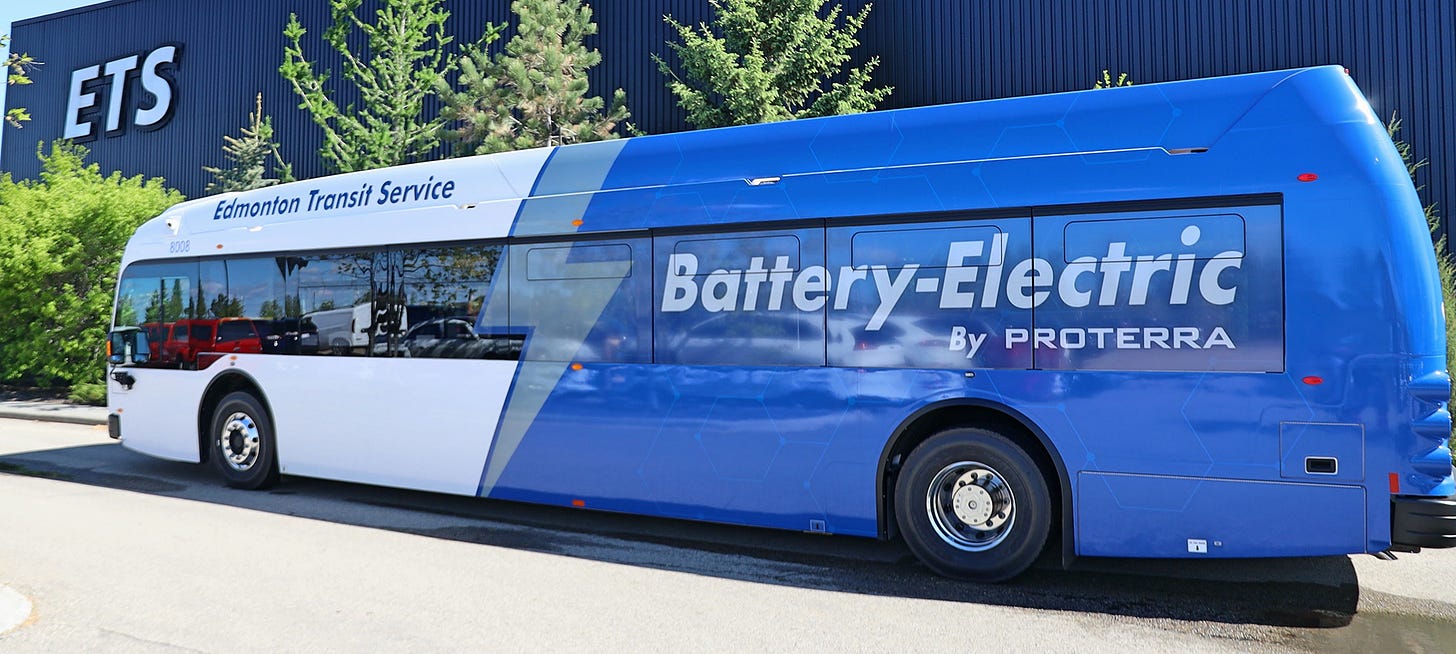
or this one:
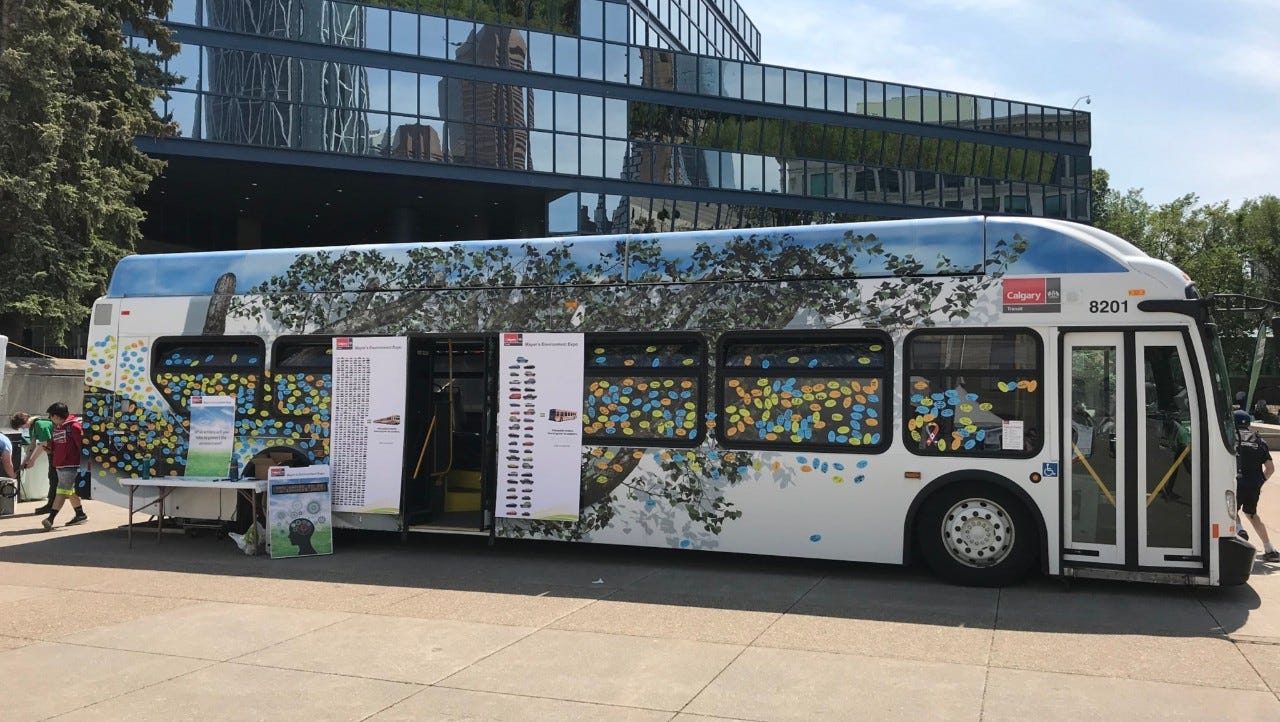
It is also recommended that seats at the back of the bus are set in a circular pattern so that people can face each other.
With respect to the external and internal design of transit stations, Ceccato, Gaudelet, and Graf (2022) find them essential to promoting visibility and opportunities for surveillance (e.g., CCTV, security personnel, shop owners, and residents). Smart phones can also bring surveillance down to the human level (i.e., sousveillance).
Oddly, the literature shows that vandalism is associated with increased visibility, possibly because it reflects the size of passenger flows.
Management and Maintenance
Last year, both of your Ride On writers were noticing that the glass in almost every bus shelter on Calgary’s Richmond Road was smashed to bits. It was as if someone had spent an entire night walking from shelter to shelter just so they could smash glass.
We did not feel particularly unsafe because it was daytime and we were viewing the damage from inside a moving bus, but we would have still been concerned if Calgary Transit did not repair those windows, because neglect is not a good sign of a caring transit agency (Calgary Transit did have all of the damage repaired, by the way).
On that note, according to Ceccato, Gaudelet, and Graf (2022), there actually is something known as “broken window syndrome”, whereby unrepaired damage to property encourages more vandalism and other types of crime. This correlation is perhaps because vandals feel more empowered to do their damage unpunished, leading transit users to feel more vulnerable Other poor management indicators include bad cleaning practices and lighting conditions.
On that note, better illumination is found in some studies to increase perceptions of safety and reduce crime. The authors of one Canadian study cited by Ceccato, Gaudelet, and Graf (2022) argue good lighting should extend from bus stops to adjacent streets, so bus stops avoid the “fishbowl effect”: the situation where people outside the stop can see the people inside perfectly, but not vice versa because it is dark outside the shelter.
Technology and Safety
Have you ever seen those smartphone videos online where someone is having an emotional breakdown, and/or where a crime is being committed? On the one hand, it is nice that evidence is being recorded in case authorities need it later, but at the same time the victim of the crime might prefer that someone help them.
With that in mind, do technological advances actually increase safety perceptions and reduce crime?
Research cited by Ceccato, Gaudelet, and Graf (2022) suggest this is indeed true, such as the use of emergency alarms and Information Communication Technology (ICT) to prevent and control crime. Use of big data is also a growing research area; for example, passengers’ routine mobility patterns can be analyzed using information from subway travel cards, and pickpockets can be detected by matching abnormal cardholder trajectories and occurred crime locations.
Furthermore, some access control systems and exact fare transaction machines can be used to potentially decrease fare evasion, while other research suggests new resistant materials to combat vandals.
Then there is CCTV, which is associated with a modest decrease in crime, particularly property crime, vehicle crime, and drug crime in public places in general. But the evidence is mixed regarding the effect of CCTV on crime and safety perceptions, possibly because CCTV is combined with other interventions, so it is difficult to figure out which intervention worked best.
In fact, women are most skeptical about CCTV, possibly due to fears of privacy and voyeurism. On the other hand, older people seem to particularly feel safer due to the use of CCTV. But Ceccato, Gaudelet, and Graf (2022) argue that CCTV works best when it is visible, since people will neither feel safer or reduce crime if they do not know they are being watched. On a related note, CCTV must be credible, meaning there must be good resolution, agents need to be trained to use it, and specific objectives should be identified.
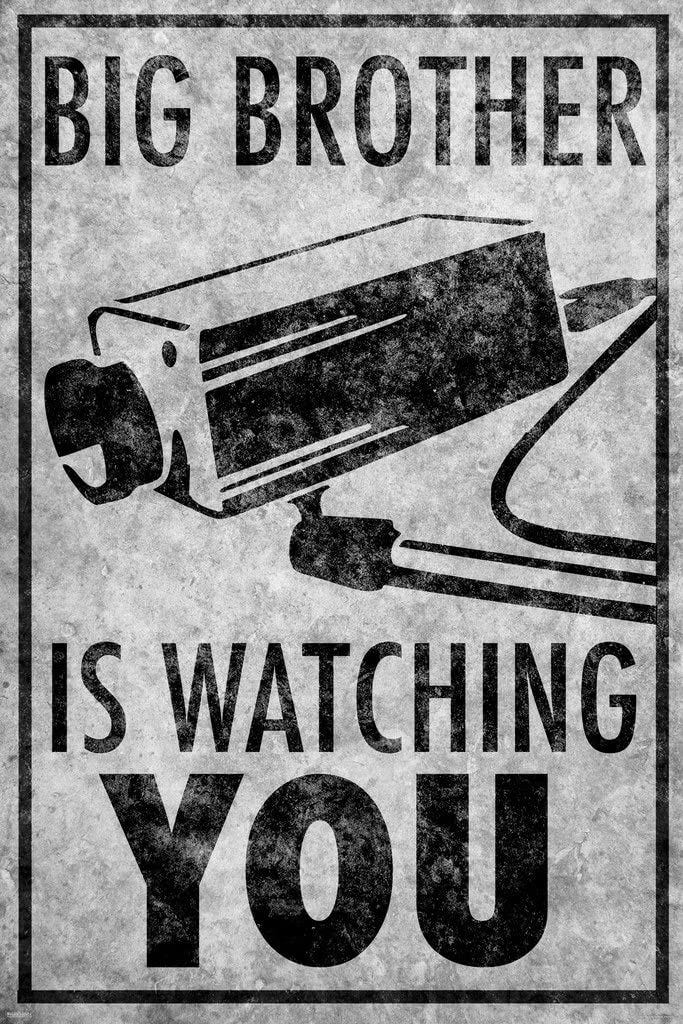
Location and Surrounding Areas
As noted earlier in this newsletter, nightclubs and bars tend to be risky facilities in terms of the location of transit stops. Other risky facilities identified by Ceccato, Gaudelet, and Graf (2022) include restaurants, stores, malls, ATMs, bus stops, railway stations, parking lots, apartment complexes, mobile home parks, libraries, hospitals, schools, public pools, and marinas. That seems to include just about everything, but it might be because these are locations where people congregate and possibly loiter, which can lead to criminal behaviour.
Therefore, one recommendation from the relevant literature is to reduce the incentive to loiter by removing benches, tables and bathrooms from transit areas. Also, the transit authorities should put emergency buttons and alarms in transit environments, and keep stops far away from liquor stores and high crime streets.
Of course, there are advantages to having transit stop near bars and nightclubs because we want to encourage people to take transit rather than driving impaired. In such cases, your writers of Ride On would suggest increasing surveillance (both physical and technological) in these risky areas.
Safety Perceptions by Type of User
In their research report titled “Understanding and Responding to the Transit Needs of Women in Canada”, Babbar et al. (2022) cite Statistics Canada figures from 2016 showing that 44.3% of women in Toronto used public transit as their main means of traveling around the city, compared to 30.1% of men. Similar trends were found in Vancouver and Montreal. They also cite evidence that women, particularly seniors, often travel by public transit on off-peak hours, which is more exhausting and exposes them to greater risk of sexual assault, thus motivating them to drive themselves around more often than they would otherwise prefer.
Ceccato, Gaudelet, and Graf (2022) also cite evidence that women tend to feel less safe than men, but especially daily workers, young women, and casual users — not so much with women they identify as “inactive”. Safety perceptions are affected by whether women are alone, and women worldwide are often “captive users” because they have no other choice but to take public transit.
Regarding incidents of sexual assault or harassment from 2013 to 2017, Babbar et al. (2022) cite evidence that 90% of these occurrences were done by men. They also recognize that a woman’s fear of assault increases at night, and it is women of colour who carry this sentiment even more. They also cite evidence from 2018 in New York that 75% of the women surveyed experienced some form of harassment or theft when traveling by public transit, while 54% of women expressed fear of harassment compared to only 20% of male respondents.
Babbar et al. (2022) also report that people who use wheelchairs are not treated equally by society, as it was found that wheelchair users in Montreal and Toronto have access to far fewer jobs that are available to non-disabled riders, due to lack of access to elevators at public transit metro stations.
Similarly, Ceccato, Gaudelet, and Graf (2022) find that people who particularly feel unsafe on public transit include the young and elderly, ethnic minorities (especially Asians), disabled persons, people who identify as LGBTQ+, and travelers from poorer neighbourhoods.
Of course, it is important to remember that no group is a monolith. Different people within each group will have different experiences, so the evidence provided is to be taken in general.
Socio-Economic Determinants of Crime
Throughout this newsletter, your Ride On writers have concentrated on how different people feel about public transit in terms of safety, as well as the potential determinants of safety. However, we have not yet addressed why people commit crimes in the first place. This is more of an issue related to crime in general, as opposed to transit specifically, but we still want to address some key issues briefly.
In their article from the academic journal Acta Sociologica and titled “Social Determinants of Crime in a Welfare State: Do They Still Matter?”, Aaltonen, Kivivuori, and Martikainen (2011) inform us that having only a basic education, being male, and living in poverty due to long-term unemployment are strongly associated with driving while under the influence of alcohol, property offences, and acts of violence. Interestingly, it was also found that the relationship between lower socio-economic status, especially low education and crime, was generally stronger among women than men. It was also concluded that a poor educational achievement was more linked to crime than poverty, and with employment competition ever increasing and education becoming of increasing importance to gain employment, the risk of lowly-educated people being marginalized and socially excluded is becoming increasingly risky, which in turn has an effect on their propensity to commit crimes.
Concluding Remarks
In sum, this evidence indicates the importance of public transit being accessible to everyone, and that transit areas and vehicles should be designed to maximize visibility. Surveillance should not be intrusive, but at the same time people need to know that there is credible surveillance at all times so that they feel safe. Transit should also be as frequent as possible, even during off-peak hours, to match the schedules of those who use transit the most, women. As found in a previous issue of Ride On, there is evidence that transit users value a more extensive network than they do lower fares, suggesting increased frequencies could be funded with increased fares.
Expounding on these findings, one can imagine that on-demand transit can be used to help people feel safer on public transit by more effectively connecting them during their first and/or last miles of their commutes. On-demand transit services was the topic of last week’s issue of this newsletter, and we will continue to cover it more in the future.






